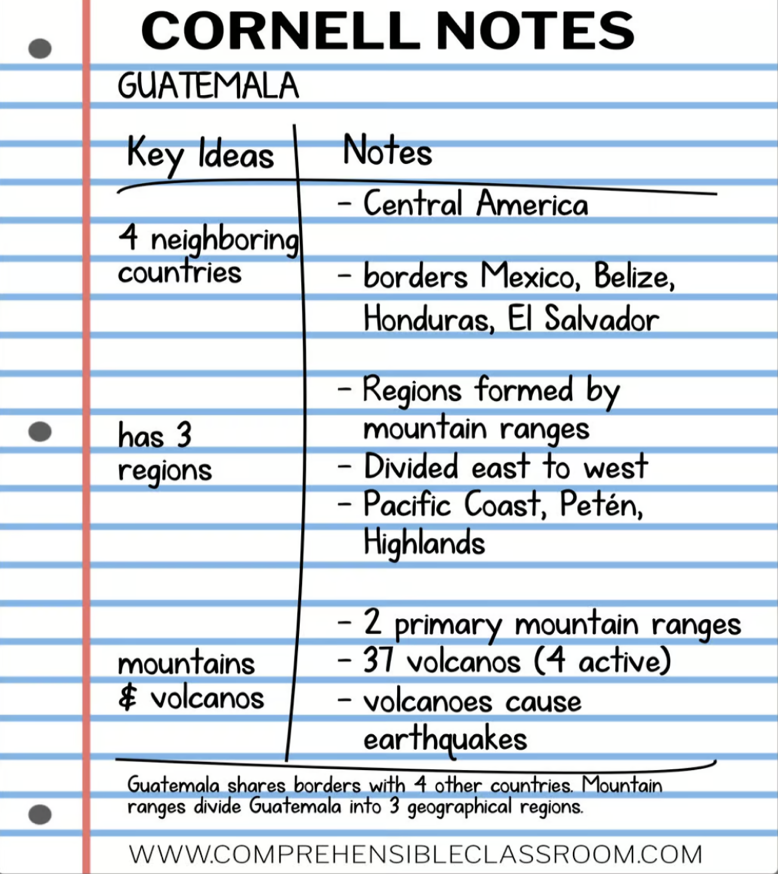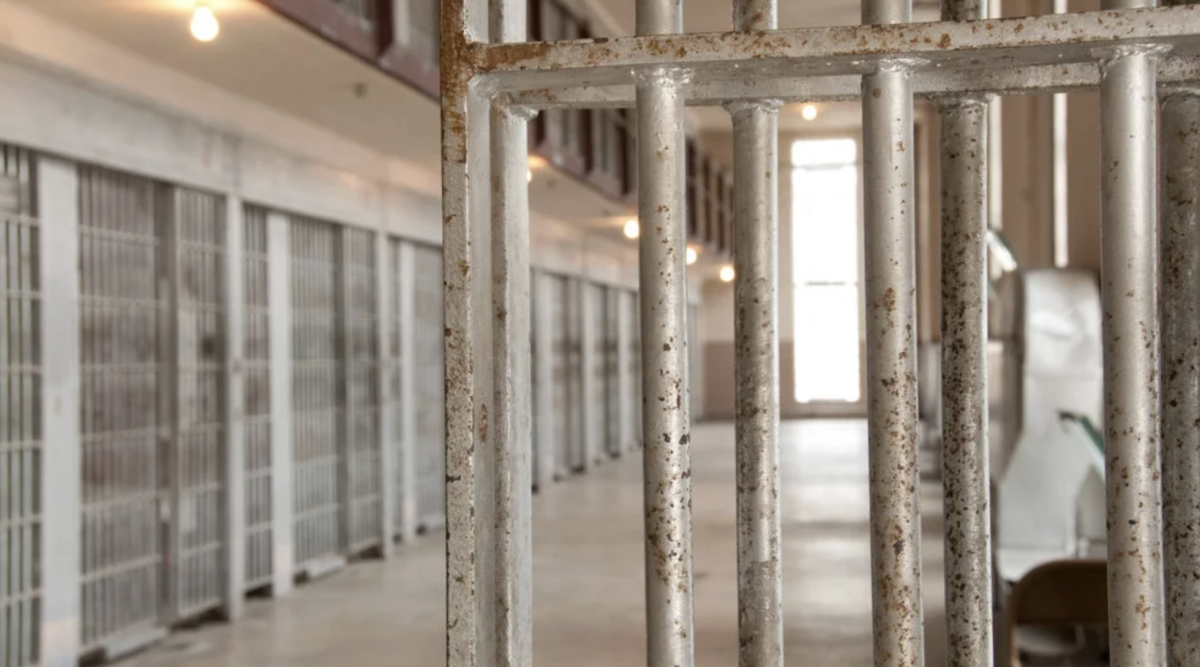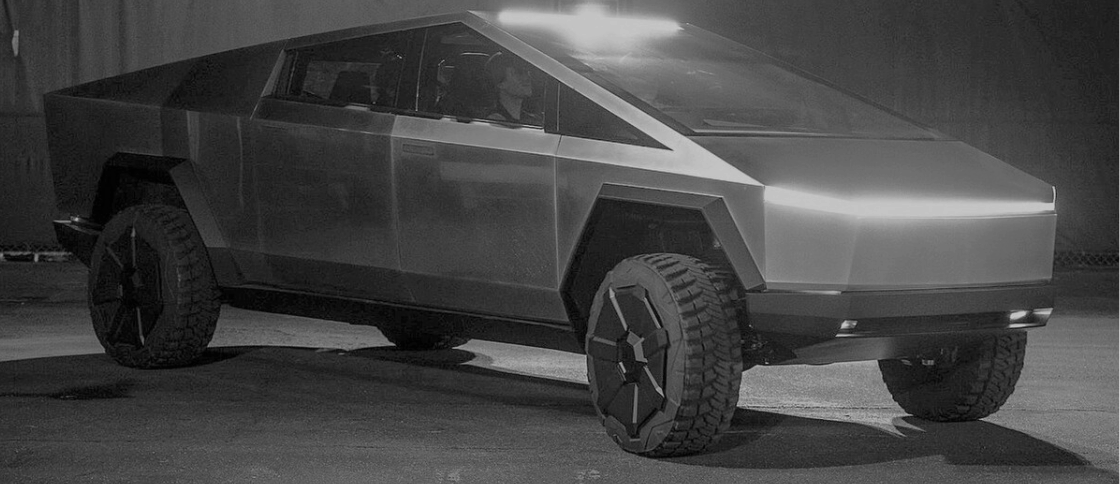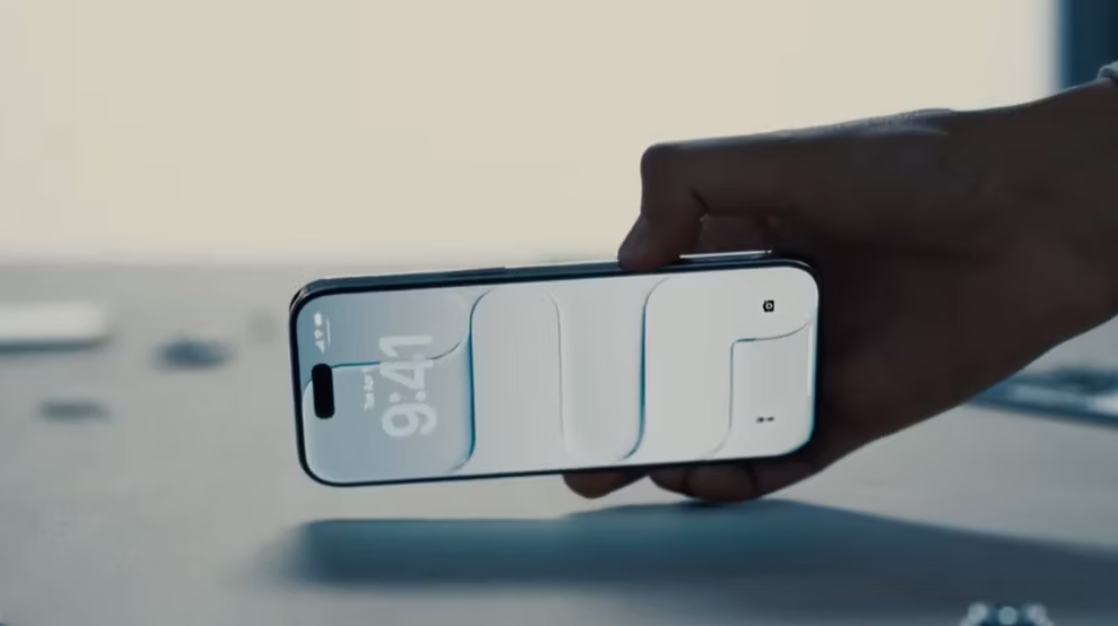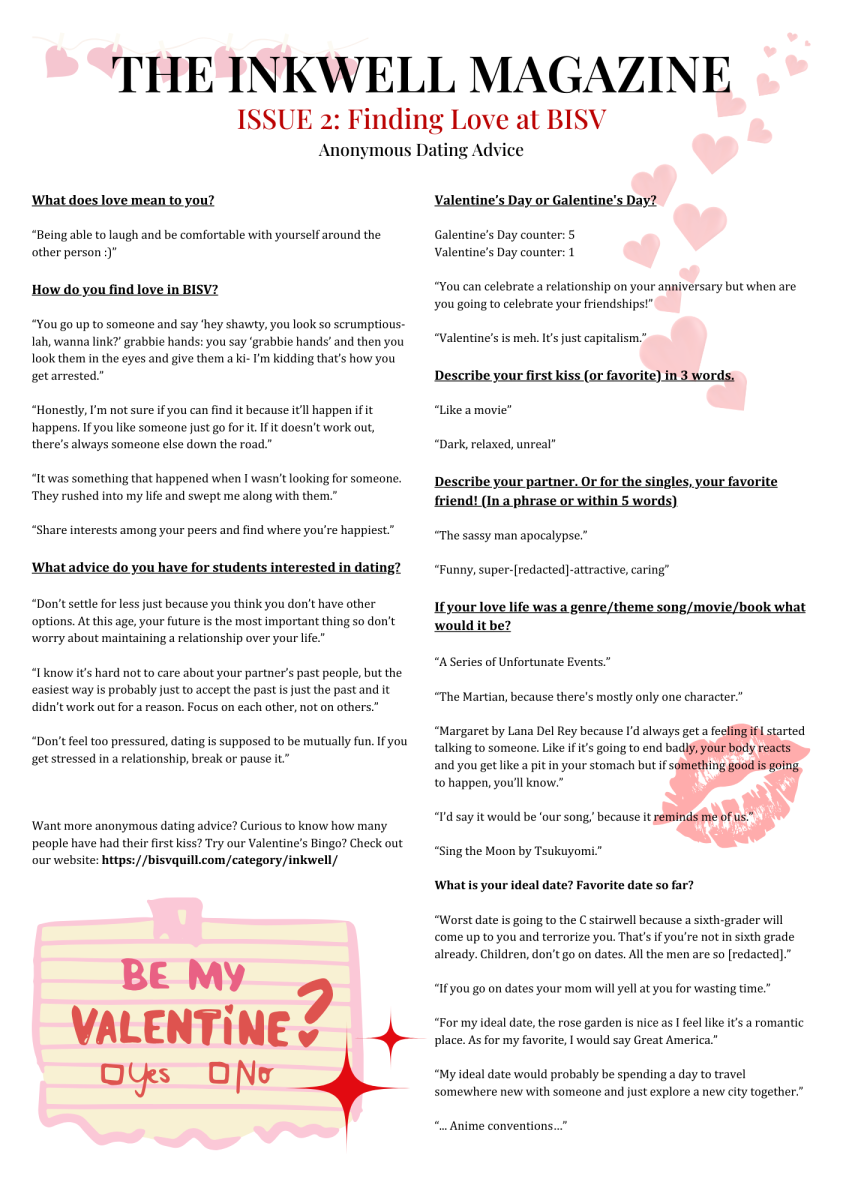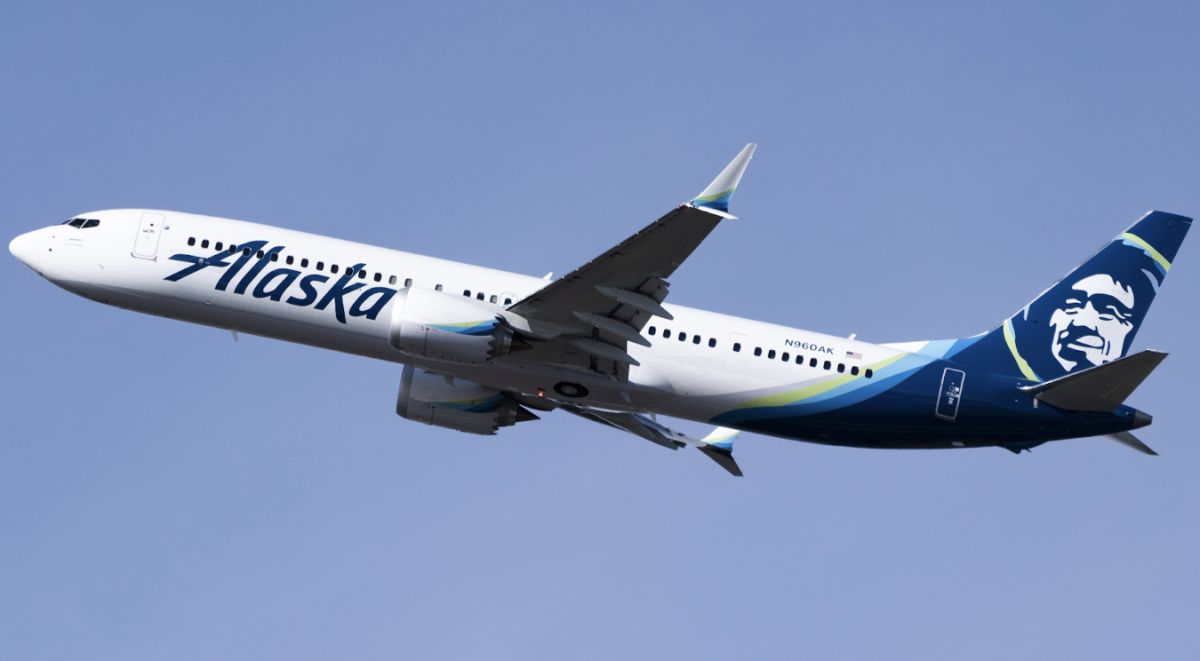Let’s just say that 2024 has not been Boeing’s best year. Since January, Boeing’s reputation has been tumbling down, much like their 737 MAX planes. They have even made appearances on the front pages of news sites, TikTok pages, and Reddit discussions, but not for reasons they would appreciate.
Most recently, numerous reports have captured the failure of NASA’s Boeing Crew Flight Test. This flight test, which was launched on June 5, 2024, was the first flight of the Boeing Starliner spaceship and was meant to demonstrate that the system was ready for a six-month rotational mission to the space station. With NASA astronauts Butch Wilmore and Suni Williams aboard, the Starliner launched to the International Space Station (ISS) with the goal of returning back to Earth roughly a week later. However, with careless mistakes in Boeing’s software and hardware systems, Wilmore and Williams, both over 55 years in age, are now stuck floating in space until at least February 2025.
What exactly happened with the Starliner? The issues began the day after the launch. As the spaceship approached the ISS, “five of its 28 reaction control system thrusters malfunctioned, delaying the docking process by almost an hour.” Those thrusters, used to move the vehicle around in orbit and adjust its position, were eventually restored, but an investigation was initiated to determine what had caused the thrusters to shut down.
NASA claims that their initial results showed that all but one of the 28 reaction control systems performed adequately, but a Teflon seal seemed to expand under high temperatures, blocking the flow of propellant into the thrusters. This Teflon seal was meant to reliably prevent leaks in the spacecraft due to its exceptional ability to withstand extreme temperatures, pressures, and chemicals. Its low coefficient of friction, high chemical resistance, and ability to operate across a broad temperature range make it ideal for sealing applications in space where conditions can fluctuate drastically. What was originally designed to be a vital spacecraft component ultimately became the project’s unfortunate downfall as a result of Boeing’s poor manufacturing protocols.
Prior to the launch, the mission managers also discovered a helium leak in the propulsion system but disregarded it as “manageable and unlikely to affect the mission or compromise the astronauts’ safety.” If only they knew.
But we shouldn’t be surprised as this is not the first time that Boeing has made some rather thoughtless mistakes. Earlier in 2019, with the same project to get the Starliner orbiting in space, an issue arose in their software that was caused by “multiple failures in Boeing’s processes,” which both delayed progress in space exploration by over four years and cost Boeing a reported $1.5 billion.
On a level closer to us, common residents, Boeing’s 737 MAX airliner, which services millions of travelers each year, has also experienced a tarnished history, especially this year. Just in the first week of 2024, the Boeing 737 MAX 9 passenger jet lost its rear door plug while climbing to an altitude of 16,000 feet. Though no passengers were seriously injured, the rapid decompression sucked phones and other valuables out of the hole, along with the remnants of the company’s reputation. Four months later on April 11, a Southwest Airlines flight aboard a Boeing 737 MAX 8 was said to have plunged to “within 400 ft” of the Pacific at a rate of 4,000 feet a minute. After this “Dutch roll,” in which a plane rocks back and forth both laterally and directionally, the “Southwest Airlines performed maintenance on the airplane and discovered damage to structural components,” according to the National Transportation Safety Board. Although it remains unclear what triggered the incident, Boeing has a record of inattentive manufacture and maintenance of their vehicles, which are both likely causes for this unfortunate event. Boeing’s poor conduct has prompted the Federal Aviation Administration (FAA) to conduct multiple investigations regarding the company’s operations in order to closely monitor their actions. You know it’s getting serious when you’ve got the FAA constantly on your back.
With all that has happened to Boeing thus far, its future does not look much brighter if things don’t change. Currently, Boeing’s primary problem is its shift in leadership. Before Boeing merged with McDonnell Douglas in 1997, it was known to be an innovative company with first-rate engineers who made strategic investments to promote their development. However, after joining forces with McDonnell Douglas, it has fallen under the power of stingy financers. Their mindset and culture transitioned from one of progressive scientific excellence to one obsessed over dollar signs and net assets. Instead of boldly investing as it did in the past, Boeing ignored objections from their engineers and cut their costs to please investors, causing major outsourcing and financial problems.
Perhaps we are being a little harsh on Boeing, for they are certainly not the only company that has faced setbacks in the past. However, they are definitely the only one under tight scrutiny from the rest of the world, and any minor mistake they make is sure to make its way into headlines. If Boeing hopes to redeem itself, it needs to start with a return to their old approach committed to cutting-edge engineering. Maybe one day we will go back to the good old days when Boeing was the leading aviation company with their Boeing 707s, the first successful commercial jet airliner in 1958, or their “Queen of the Skies” double-decker. Whether Boeing chooses to take this step is up to them, but before then, I will continue opting for Airbus flights.
Works Cited
Chappell, Bill. “Timeline lists Boeing’s problems in 2024.” NPR, 20 March 2024, https://www.npr.org/2024/03/20/1239132703/boeing-timeline-737-max-9-controversy-door-plug. Accessed 19 September 2024.
Chow, Denise, and JoElla Carman. “What went wrong with Boeing’s Starliner spaceship that left two astronauts in space.” NBC News, 5 September 2024, https://www.nbcnews.com/science/space/boeing-spaceship-what-went-wrong-nasa-astronauts-rcna167163. Accessed 19 September 2024.
Gabbatt, Adam. “FAA investigates after Southwest plane drops to ‘within 400ft’ of Pacific Ocean.” The Guardian, 17 June 2024, https://www.theguardian.com/business/article/2024/jun/16/faa-investigation-southwest-plane-drop-dutch-roll. Accessed 19 September 2024.
Mathis, Joel. “Starliner: What went wrong?” The Week, 2 August 2024, https://theweek.com/tech/starliner-what-went-wrong. Accessed 19 September 2024.
Meigs, James B. “Can Boeing Catch Up with SpaceX?” City Journal, 7 June 2024, https://www.city-journal.org/article/can-boeing-catch-up-with-spacex. Accessed 19 September 2024.
Moneymaker, Anna. “Boeing’s In More Trouble Than You Think.” Forbes, 20 March 2024, https://www.forbes.com/sites/gautammukunda/2024/03/20/boeings-in-more-trouble-than-you-think/. Accessed 19 September 2024.
Mukunda, Gautam. “Let The Engineers Lead: America Needs Boeing To Be Great.” Forbes, 22 February 2024, https://www.forbes.com/sites/gautammukunda/2024/02/22/let-the-engineers-lead-america-needs-boeing-to-be-great/?sh=20db7737630e. Accessed 19 September 2024.
NASA. “FAQ: NASA’s Boeing Crew Flight Test Return Status.” NASA, 20 August 2024, https://www.nasa.gov/missions/station/commercial-crew/starliner-faq/. Accessed 19 September 2024.
“Updates on Boeing 737-9 MAX Aircraft.” Federal Aviation Administration, 7 August 2024, https://www.faa.gov/newsroom/updates-boeing-737-9-max-aircraft. Accessed 19 September 2024.





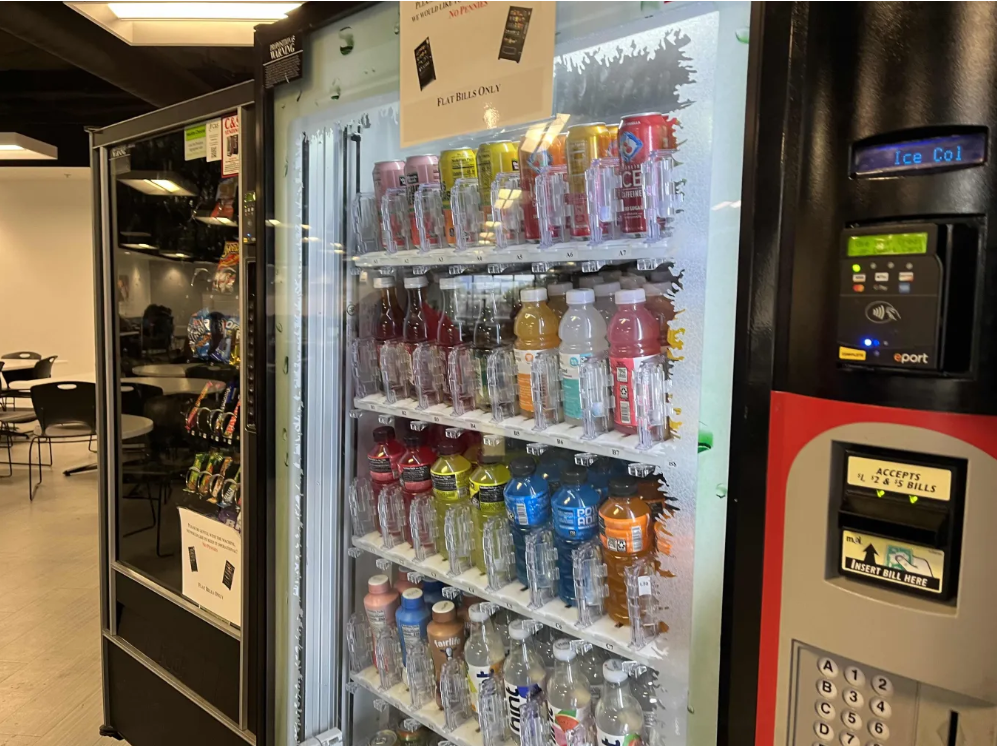




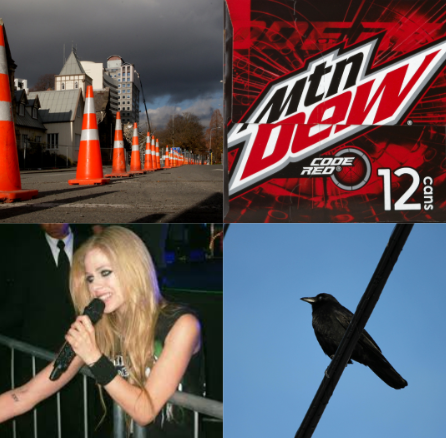






![Teacher [Milk] Tea: Part 2](https://bisvquill.com/wp-content/uploads/2024/03/Screen-Shot-2024-03-19-at-9.28.48-PM.png)
